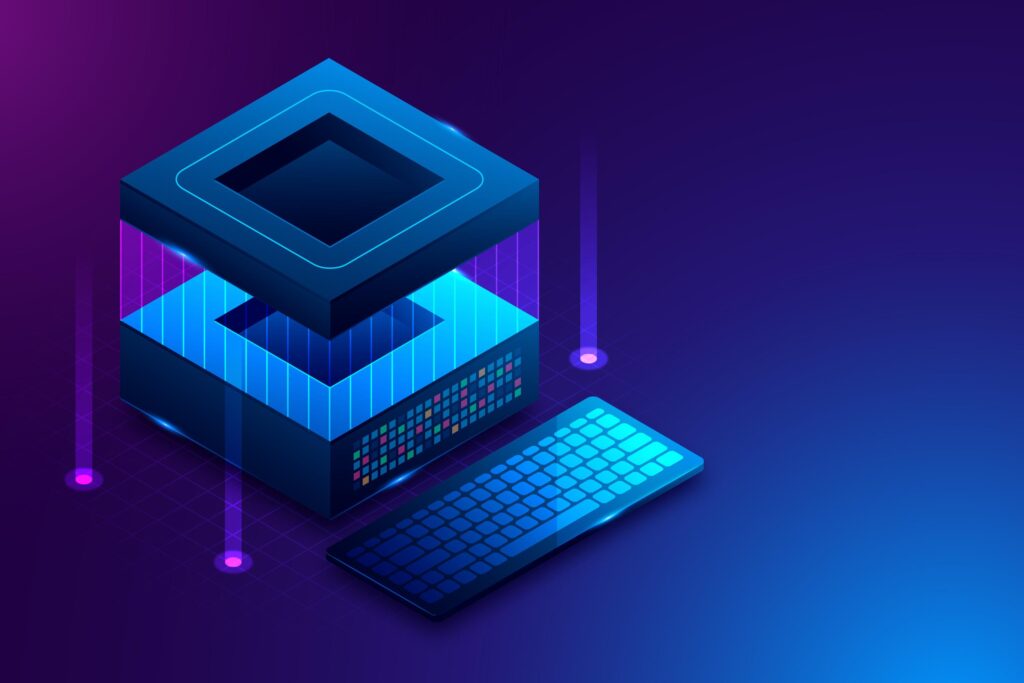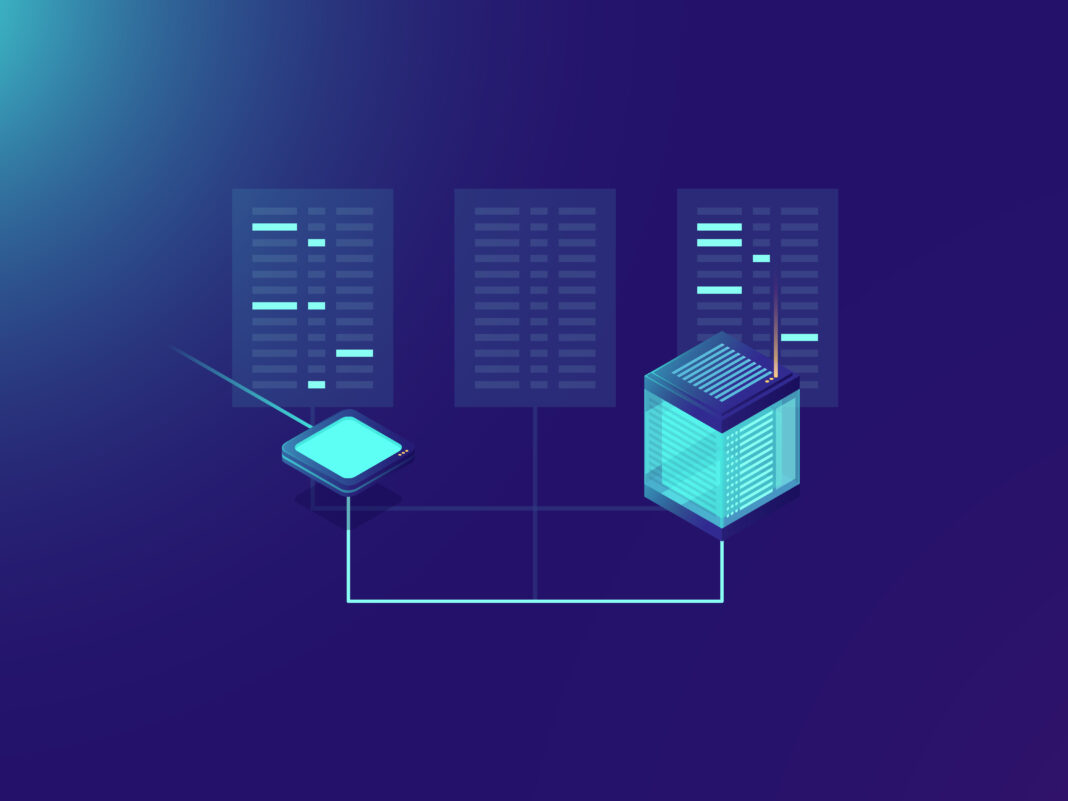The debate between Docker and Kubernetes is one of the most common discussions in modern software development and DevOps. While both technologies play crucial roles in containerization and orchestration, they serve fundamentally different purposes. Understanding their strengths, limitations, and ideal use cases is essential for making informed decisions in application deployment and infrastructure management.

This guide provides a thorough comparison between Docker and Kubernetes, covering their architectures, use cases, advantages, and limitations. By the end, you’ll know exactly when to use Docker, when Kubernetes is necessary, and how they can work together in a real-world environment.
What Is Docker?
Docker is a containerization platform that allows developers to package applications and their dependencies into isolated, lightweight containers. These containers ensure that software runs consistently across different environments, eliminating the “it works on my machine” problem.
How Docker Works
Docker operates using a client-server architecture:
- Docker Daemon (dockerd): Runs in the background, managing containers, images, networks, and storage.
- Docker Client: A command-line tool (or GUI) that interacts with the daemon.
- Docker Images: Read-only templates used to create containers (e.g.,
nginx,ubuntu,node). - Docker Containers: Runnable instances of Docker images.
Key Features of Docker
- Portability: Containers run uniformly across Linux, Windows, and macOS.
- Lightweight: Unlike virtual machines, containers share the host OS kernel, reducing overhead.
- Docker Hub: A public registry with thousands of pre-built images for quick deployment.
- Version Control: Docker supports image versioning, allowing rollbacks if needed.
- Networking & Storage: Built-in support for network isolation and persistent storage.
When Should You Use Docker?
- Development Environments: Ensures consistency across developer machines.
- CI/CD Pipelines: Simplifies testing and deployment automation.
- Microservices: Isolates services for easier debugging and scaling.
- Legacy App Modernization: Helps migrate monolithic apps to containers.
Limitations of Docker
- No Native Clustering: Managing multiple containers across servers requires additional tools.
- Limited Orchestration: Scaling and failover must be handled manually or with Docker Swarm.
- Security Concerns: Containers share the host kernel, requiring strict isolation policies.
What Is Kubernetes?
Kubernetes (K8s) is an open-source container orchestration system designed to automate the deployment, scaling, and management of containerized applications. Originally developed by Google, it is now maintained by the Cloud Native Computing Foundation (CNCF).
How Kubernetes Works
Kubernetes operates using a cluster-based architecture:
- Control Plane (Master Node): Manages the cluster (scheduling, scaling, updates).
- Worker Nodes: Run the actual containerized workloads.
- Pods: The smallest deployable units (can contain one or more containers).
- Services & Ingress: Enable networking and load balancing.
- ConfigMaps & Secrets: Manage configuration and sensitive data.
Key Features of Kubernetes
- Auto-Scaling: Adjusts resources based on demand (Horizontal Pod Autoscaler).
- Self-Healing: Restarts failed containers and replaces unresponsive nodes.
- Load Balancing: Distributes traffic efficiently across pods.
- Multi-Cloud & Hybrid Support: Runs on AWS, Azure, GCP, and on-premise servers.
- Declarative Configuration: Uses YAML files to define desired states.
When Should You Use Kubernetes?
- Large-Scale Deployments: Manages hundreds or thousands of containers.
- Microservices Architectures: Simplifies service discovery and inter-container communication.
- High Availability Needs: Ensures zero-downtime deployments.
- Multi-Cloud Strategies: Works seamlessly across different cloud providers.
Limitations of Kubernetes
- Complex Setup: Requires expertise to configure and maintain.
- Resource Intensive: Overkill for small applications.
- Steep Learning Curve: Involves mastering concepts like pods, deployments, and operators.
Docker vs. Kubernetes: Core Differences
| Feature | Docker | Kubernetes |
|---|---|---|
| Primary Role | Container runtime | Container orchestration |
| Scalability | Single-host (without Swarm) | Multi-node clusters |
| Networking | Basic bridge networking | Advanced CNI plugins |
| Storage | Local volumes | Persistent volumes (PV/PVC) |
| Use Case | Development, small-scale apps | Production, large-scale systems |
Can Docker and Kubernetes Work Together?
Yes. Docker is often used alongside Kubernetes in the following ways:
- Docker for Development, Kubernetes for Production:
- Developers build and test containers locally using Docker.
- Kubernetes deploys and manages these containers in production.
- Kubernetes Using Docker as Runtime:
- Before Kubernetes deprecated Docker support (in favor of containerd), Docker was the default runtime.
- Many clusters still use Docker under the hood.
Alternative Container Runtimes for Kubernetes
- containerd (default in newer K8s versions)
- CRI-O (lightweight, designed for Kubernetes)
FAQ
1. Can Kubernetes Run Without Docker?
Yes. Kubernetes no longer requires Docker and can use runtimes like containerd or CRI-O.
2. Is Docker Swarm Dead?
Not officially, but Kubernetes has become the industry standard for orchestration.
3. Which Is Better for Beginners?
Docker is easier to start with, while Kubernetes requires deeper infrastructure knowledge.
4. Do I Need Kubernetes for a Small Project?
No. Kubernetes is overkill for single-container apps—Docker alone is sufficient.
5. How Do They Compare in Performance?
- Docker has lower overhead for single-container workloads.
- Kubernetes optimizes resource usage in large clusters.
Conclusion
Docker and Kubernetes serve different but complementary roles:
- Use Docker if you need a lightweight way to containerize applications.
- Use Kubernetes if you require automated scaling, high availability, and multi-cloud support.
For many organizations, the best approach is using Docker for development and Kubernetes for production.

